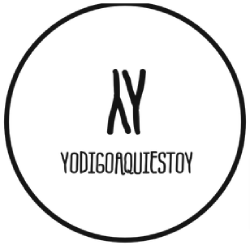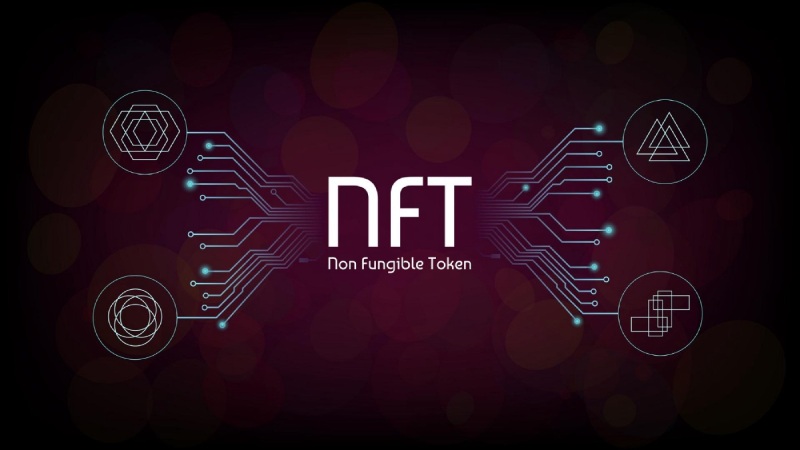NFTs are being embraced as the digital solution for collectibles. This is similar to Bitcoin, which was hailed as the digital currency. However, many sceptics think they’re a bubble that’s about to burst.
Let’s find out what NFT is and if it can solve all problems associated with digital art.
What’s NFT?
An NFT is a digital asset that represents real-world elements such as art, music and in-game goods. These digital assets can be bought and traded online using cryptocurrency. They are often encoded with the same software that many other cryptos.
NFTs have been around since 2014 and are becoming more popular as a way to sell and buy digital art. A staggering $174 Million has been spent since November 2017.
Unique identification codes are also a part of NFTs. They can be one-of-a kind or in very limited runs. Arry Yu is the managing director of Yellow Umbrella Ventures, and also heads the Washington Technology Industry Association Cascadia Blockchain Council.
This contrasts sharply with the vast majority digital works that are almost always in stock in large quantities. The theory is that if a certain asset is in high demand, reducing its supply will theoretically increase its value.
Many NFTs are digital works that exist elsewhere. For example, you can find classic NBA video clips or digital copies of digital art floating around on Instagram.
Mike Winklemann, a prominent digital artist, is better known as Beeple. He created “EVERYDAYS”: The First 5000 Day, probably the most well-known NFT of all time. It was sold by Christie’s for a record $72.3 million.
You can purchase NFTs on many sites such as willyrex and other depending on the item you are looking for. For example, if your goal is to buy baseball cards, you might go to digital trading cards. Other markets may sell more generic items. A wallet that is unique to the site where you are buying will be required, along with bitcoin to insert it.
The benefits of NFTs
NFTs have many benefits, which are often highlighted:
Ownership
Non-fungible tokens have the primary advantage of proving ownership. NFTs are able to link ownership to one account as they are part of a blockchain network.
NFTs cannot be distributed and shared between owners. NFTs offer protection against counterfeit NFTs by providing ownership benefits.
Authenticity
Uniqueness is the key to non-fungible tokens’ benefits. NFTs are created on the blockchain and are tied to unique data.
NFTs have unique characteristics that demonstrate their ability to add value. NFT producers also have the option to release a small number of NFTs to create scarcity.
Transferability
Many games have in-game goods that players can purchase to improve their gaming experience. However, in-game items are only available within the game’s context and cannot be used elsewhere. Gamers may also lose their investments in in-game souvenirs and goods if the game goes out of fashion.
Conclusion
The most significant development in internet commerce is undoubtedly the non-fungible tokens. Their benefits have been attractive selling points for many consumers. They have many benefits, but they are not fungible tokens. It is important to know their limitations.



